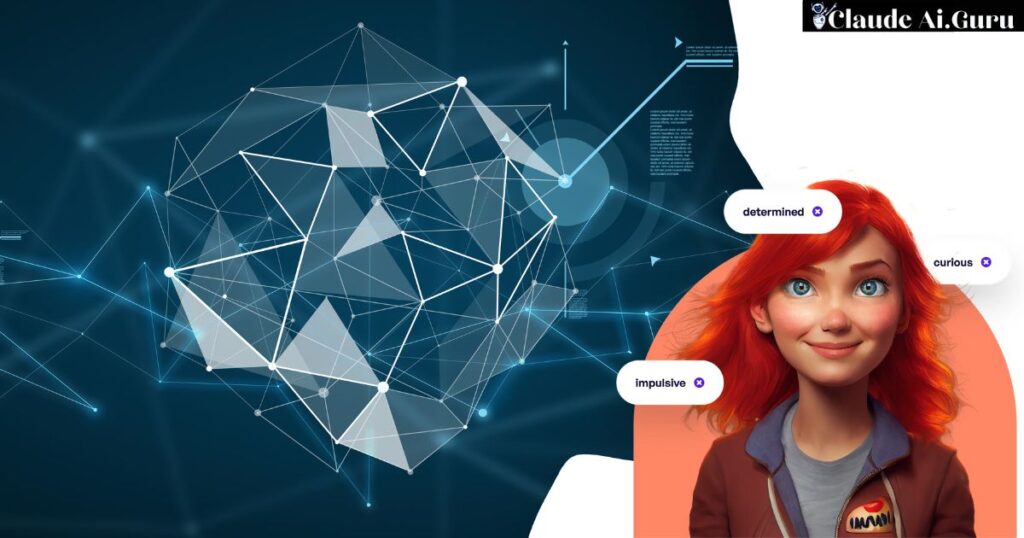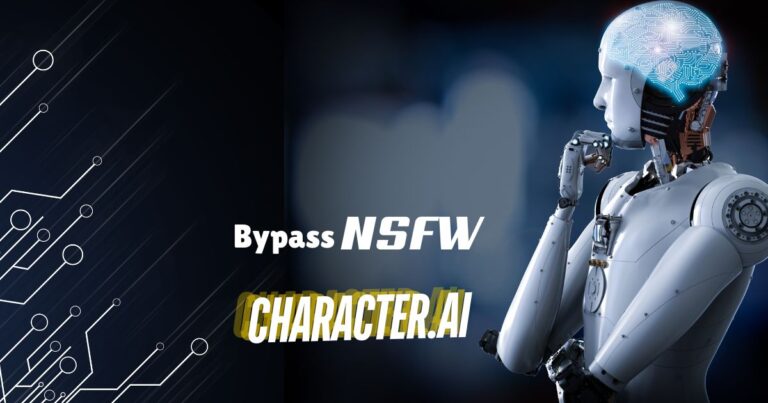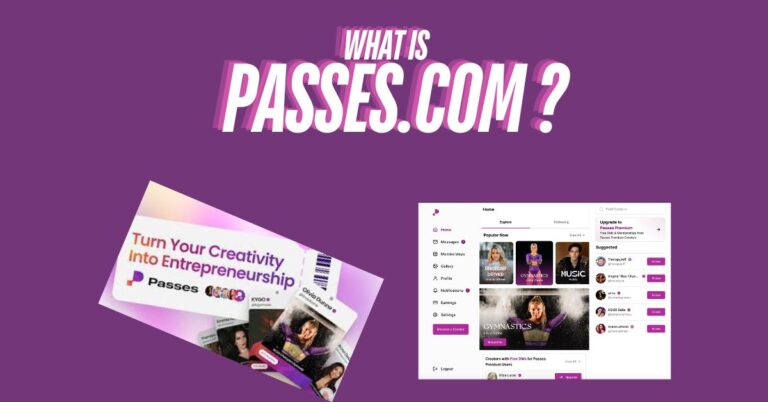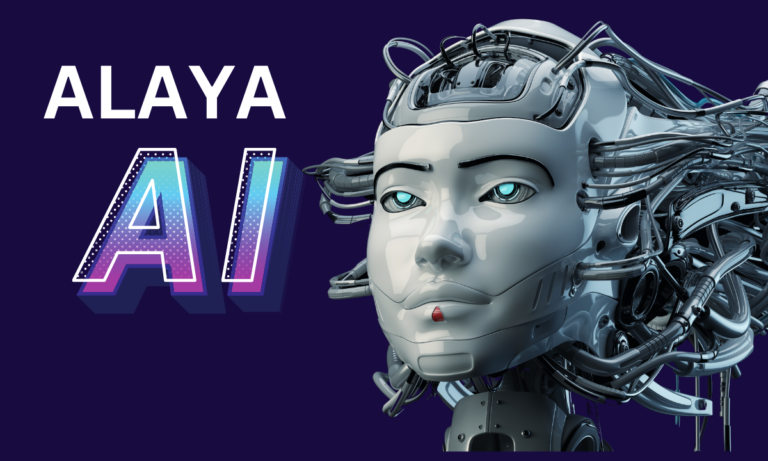What is Beta Character AI? Future of AI-Powered Characters
In recent years, artificial intelligence has made significant strides in various fields, including natural language processing and character generation. One of the most exciting developments in this area is Beta Character AI, a cutting-edge platform that allows users to create and interact with AI-powered characters. In this article, we’ll explore what Beta Character AI is, how it works, and its potential impact on various industries.
What is Beta Character AI?
Beta Character AI, often referred to as beta.character.ai or simply character.ai beta, is an innovative AI platform that enables users to create, customize, and interact with artificial intelligence-powered characters. These characters can engage in conversations, answer questions, and even role-play specific personas.
The platform is currently in its beta phase, hence the name “Beta Character AI.” This means that while it’s available for public use, it’s still undergoing testing and improvements based on user feedback and interactions.
How Does Beta Character AI Work?
Beta Character AI utilizes advanced natural language processing (NLP) and machine learning algorithms to create realistic and engaging AI characters.
Here’s a brief overview of how the system functions:

- Character Creation: Users can create custom characters or choose from pre-existing ones.
- Training: The AI is trained on vast amounts of data to understand context, language nuances, and specific character traits.
- Interaction: Users can engage in conversations with these AI characters through a text-based interface.
- Learning and Adaptation: The AI continuously learns from interactions, improving its responses over time.
Key Features of Beta Character AI
- Customizable Characters: Users can create characters with specific personalities, knowledge bases, and traits.
- Natural Conversations: The AI engages in human-like conversations, understanding context and nuances.
- Multi-lingual Support: Beta Character AI can communicate in multiple languages.
- Role-playing Capabilities: Characters can assume specific roles or personas for various purposes.
- Continuous Learning: The AI improves its responses based on user interactions and feedback.
Applications of Beta Character AI
Beta Character AI has numerous potential applications across various industries:
- Entertainment
- Interactive storytelling
- Video game character development
- Virtual influencers and celebrities
- Education
- Personalized tutoring
- Language learning companions
- Historical figure simulations
- Customer Service
- AI-powered chatbots
- Virtual assistants
- 24/7 customer support
- Mental Health
- Therapeutic conversation partners
- Stress relief through role-playing
- Emotional support companions
- Writing and Creative Arts
- Character development for novels and scripts
- Collaborative storytelling
- Idea generation and brainstorming
Advantages of Using Beta Character AI
- 24/7 Availability: AI characters are always available for interaction.
- Consistency: Characters maintain consistent personalities and knowledge bases.
- Scalability: Can handle multiple interactions simultaneously.
- Customization: Tailored to specific needs and preferences.
- Cost-effective: Reduces the need for human resources in certain applications.
Challenges and Limitations of Beta Character AI
While Beta Character AI offers exciting possibilities, it also faces some challenges:
- Ethical Concerns: Issues related to privacy, data use, and potential misuse of AI characters.
- Uncanny Valley Effect: Some users may find highly realistic AI interactions unsettling.
- Misinformation Risk: AI characters may inadvertently spread false information if not properly trained or monitored.
- Emotional Attachment: Users might develop unhealthy attachments to AI characters.
- Technical Limitations: Current AI technology still has limitations in understanding complex contexts and emotions.
The Future of Beta Character AI
As Beta Character AI continues to evolve, we can expect several developments:
- Enhanced Realism: More sophisticated language models and emotional intelligence.
- Multi-modal Interactions: Integration of voice and visual elements for more immersive experiences.
- Personalization: AI characters that adapt more precisely to individual user preferences and needs.
- Cross-platform Integration: Seamless integration with various devices and platforms.
- Ethical Frameworks: Development of guidelines and regulations for responsible AI character use.
Comparison: Beta Character AI vs. Traditional Chatbots
To better understand the capabilities of Beta Character AI, let’s compare it to traditional chatbots:
| Feature | Beta Character AI | Traditional Chatbots |
|---|---|---|
| Personality | Highly customizable | Limited or generic |
| Conversational Ability | Advanced | Basic to moderate |
| Learning Capability | Continuous | Limited or none |
| Role-playing | Advanced | Limited or none |
| Multi-lingual Support | Yes | Often limited |
| Emotional Intelligence | Moderate | Low |
| Customization | High | Low to moderate |
How to Get Started with Beta Character AI
If you’re interested in exploring Beta Character AI, here are some steps to get started:
- Sign up for the beta program on the official website (beta.character.ai).
- Create an account and explore pre-existing characters.
- Experiment with creating your own custom characters.
- Engage in conversations and provide feedback to help improve the system.
- Join online communities to share experiences and learn from other users.
Tips for Optimizing Your Beta Character AI Experience
To make the most of your interactions with Beta Character AI, consider the following tips:
• Be clear and specific in your communication
• Experiment with different character types and personalities
• Provide constructive feedback to help improve the AI
• Use the platform responsibly and ethically
• Stay updated on new features and improvements
Implementing Beta Character AI in Your Writing Process
Integrating Beta Character AI into your writing process can be a seamless and rewarding experience. Here are some steps you can take to get started:
- Familiarize Yourself with Beta Character AI Tools and Platforms: Explore the growing ecosystem of Beta Character AI tools and platforms, such as CharacterAI, Anthropic’s Beta Character AI, and Narrative Science. Evaluate the features, capabilities, and user experiences of these tools to determine which one best aligns with your writing needs.
- Establish Your Character Design Parameters: Before engaging with Beta Character AI, define the key parameters and attributes you want to incorporate into your characters. This may include their physical appearance, personality traits, backstories, goals, and any other defining characteristics that are crucial to your narrative.
- Start Experimenting with Character Generation: Begin using your chosen Beta Character AI tool to generate new characters or enhance existing ones. Explore the various options and settings available, and observe how the AI-generated characters evolve and respond to different prompts or scenarios.
- Iterative Refinement and Collaboration: As you work with the AI-generated characters, engage in an iterative refinement process, providing feedback and adjusting the parameters to refine the characters’ personalities, backstories, and behaviors. This collaborative approach can help you shape the characters to align with your creative vision.
- Integrate Beta Character AI into Your Workflow: Once you’re comfortable with the Beta Character AI tools and processes, begin incorporating them into your overall writing workflow. This may involve using the AI-generated characters as a starting point for further development, or integrating the technology into your character brainstorming and outlining phases.
- Continuously Evaluate and Adapt: As you continue to work with Beta Character AI, monitor its impact on your writing process and the overall quality of your characters. Be willing to adapt your approach and experiment with new tools or techniques as the technology continues to evolve.
Conclusion
Beta Character AI represents a significant leap forward in the world of artificial intelligence and character interaction. As the platform continues to evolve from its beta phase, it promises to revolutionize various industries, from entertainment and education to customer service and mental health support.
While challenges and limitations exist, the potential benefits of Beta Character AI are immense. As users, developers, and researchers continue to explore and refine this technology, we can expect to see increasingly sophisticated and useful applications of AI-powered characters in our daily lives.
No matter if you’re a curious individual, a business owner looking for innovative solutions, or a developer interested in pushing the boundaries of AI, Beta Character AI offers an exciting glimpse into the future of human-AI interaction. As we move forward, it will be fascinating to see how this technology shapes our digital experiences and transforms the way we interact with artificial intelligence.
FAQs
Is Beta Character AI capable of replacing human writers?
No, Beta Character AI is designed to be a tool that enhances and supports the creative process, not replace human creativity. It’s meant to assist writers, not substitute them.
How does Beta Character AI handle diversity and representation?
Beta Character AI can be programmed to generate diverse characters, but it’s crucial for writers to review and refine these characters to ensure authentic and respectful representation.
Can Beta Character AI generate characters for specific genres or time periods?
Yes, many Beta Character AI tools can be tailored to generate characters suitable for specific genres or historical settings, but writers should verify historical accuracy.
Is there a risk of creating characters too similar to existing ones in literature?
While Beta Character AI draws from existing data, it’s designed to generate unique characters. However, writers should always review and modify AI-generated characters to ensure originality.
How can I ensure that my use of Beta Character AI doesn’t infringe on copyrights?
Beta Character AI should be used as a starting point for character creation. Always modify and develop the characters further to make them your own, and consult legal advice if you have specific concerns about copyright.






